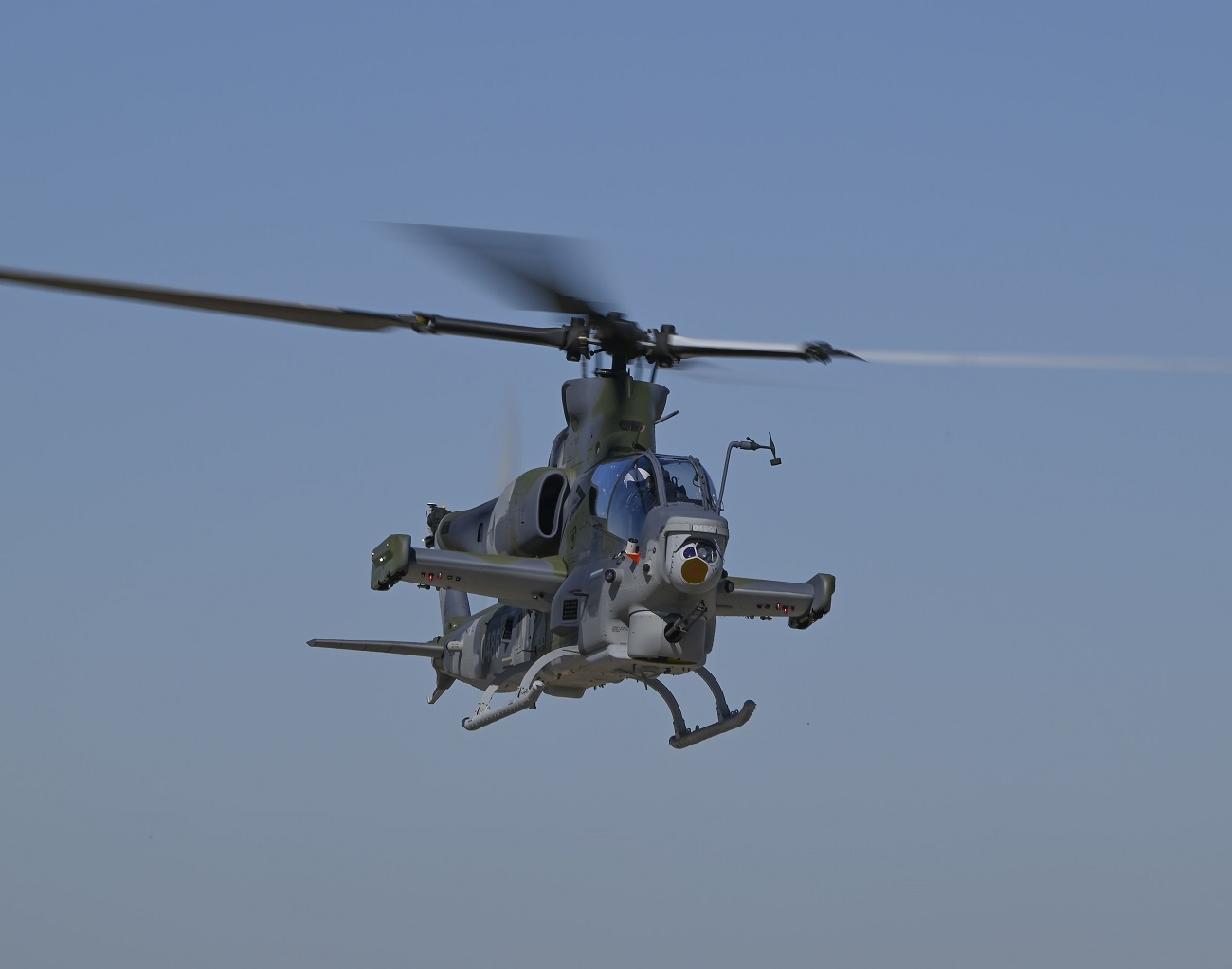Bell Textron Inc., a Textron Inc. company, is commemorating the successful delivery of four H-1 helicopters to the Czech Republic during NATO Days 2023. Three AH-1Z Vipers and one UH-1Y Venom have been delivered in country as part of the 2019 deal to modernize the Czech Air Force with four AH-1Z Vipers and eight UH-1Y Venoms. The AH-1Z Viper and UH-1Y Venom are Bell’s newest generation of dedicated attack and combat multirole helicopters. Bell designed both aircraft to have a minimal logistics footprint, enhancing operational speed and agility and providing militaries more versatility during strategic operations. Bell, along with its subcontractor, Pinnacle Solutions, an Akima Company, will provide pilot, crew chief, and maintenance training, as well as maintenance support for those efforts in the Czech Republic.
“Pinnacle Solutions and Akima are pleased to support the Czech Armed Forces and Bell Textron in delivering these new and vital aircraft capabilities to the Czech Republic. Our highly experienced professionals will provide the best quality training while ensuring that the aircraft are fully maintained to complete this important phase of the aircraft fielding,” said Tina Tucker, president of Pinnacle Solutions.
“We are thrilled to celebrate this tremendous occasion with the Czech Republic modernizing their helicopter fleet. These new H-1 platforms put the Czech Republic on the leading edge of fielded helicopter technology at a time when security matters more than ever. This is the start of a new era with the Viper and Venom being a key asset for the defense and security of the Czech Republic,” said Mike Deslatte, Bell senior vice president and H-1 program director.

The Czech Republic is displaying H-1 helicopters during NATO Days. Prior to the aircraft arrival, a select group of Czech pilots, aircrew and maintainers completed hands-on aircraft training with the U.S. Marines at HMLAT-303 at Marine Corps Base Camp Pendleton in California. Bell and Flight Safety International built and installed the AH-1Z dome simulator at the Czech Air Force base in Nám?št, which will bring more independence for training within the borders of the Czech Republic. Bell continues production on the remaining AH-1Z and UH-1Y at the Amarillo Assembly Center and coordinates with the Czech and U.S. Governments through the Defense Contract Management Agency (DCMA) to arrange and schedule deliveries of remaining aircraft. The Czech Air Force squadron is expected to be independently operating H-1s in late 2024.
The H-1 upgrade program is the United States Marine Corps’s program to develop the AH-1Z Viper and UH-1Y Venom military helicopters to replace its aging fleets of AH-1W SuperCobras and UH-1N Twin Hueys. The contract was awarded in 1996 to Bell Helicopter, the original manufacturer of both aircraft, to design the new airframes as modernized attack and utility helicopters with considerable design commonality, to reduce operating costs. The AH-1Z and UH-1Y share a common tailboom, engines, rotor system, drivetrain, avionics architecture, software, controls and displays for over 84% identical components. Both aircraft use twin General Electric T700-GE-401C turboshaft outputting 1,800 shp (1,350 kW) each. Upgrades will also be made to the transmission (rated for 2,350 hp (1,750 kW)) and skid landing gear.
















